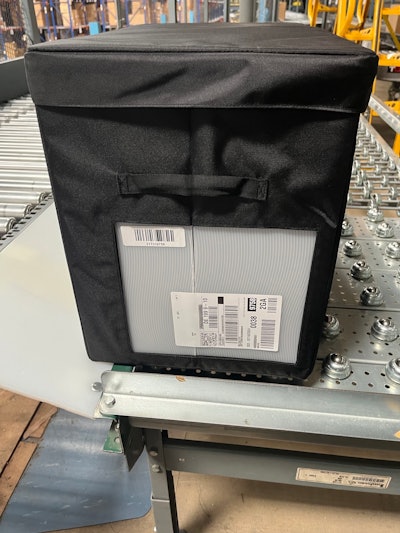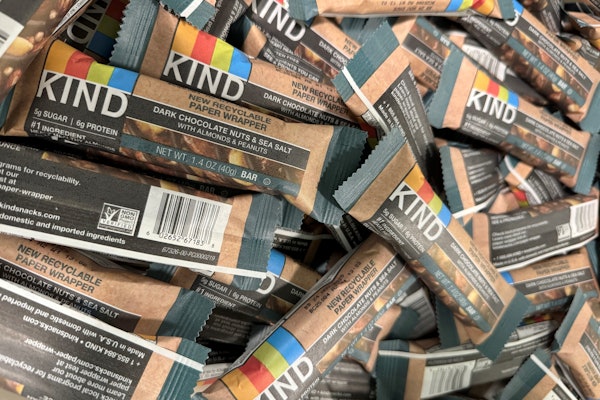
This content was written and submitted by the supplier. It has only been modified to comply with this publication’s space and style.
Returnity, an expert in reusable shipping solutions, has adapted its flagship product, The Last Box, to function with unique and varying distribution line setups. Integrating Last Box reduces retailers’ packaging costs and helps shrink the mountains of cardboard waste generated by the retail and e-commerce industries. This solution empowers retailers to take ownership of their sustainability objectives and commit to cultivating a more sustainable supply chain.
“We recognize that implementing change in the fast-paced retail distribution space can be a significant and daunting challenge," says Mike Newman, CEO of Returnity. “To improve change management and accessibility, we've designed a new version of The Last Box to be fully compatible with most existing scanning, labeling, and AI technologies, ensuring it integrates seamlessly into any logistics setup.”
The Last Box, a reusable packaging solution with a collapsible nesting design for easy storage and returns, provides an innovative alternative to the cardboard waste filling distribution centers and landfills nationwide. Despite the challenges posed by varying production lines, labeling systems, and automation technologies, Returnity has developed The Last Box to be highly adaptable, ensuring it meets the unique needs of suppliers and retailers alike.
Recently, in collaboration with a leading retailer, Returnity successfully reformatted The Last Box to comply with automated labeling requirements, showcasing its versatility and ease of integration.
“Ultimately, The Last Box is an invitation to forward-thinking retailers to join the shift towards a circular economy," Newman continues. "By making adoption as easy as possible, we enable businesses to look towards a more sustainable future. The Last Box can cut packaging costs by 30% per cycle and reduce carbon emissions by up to 88%, significantly advancing ESG goals and other sustainable supply chain initiatives.”
























